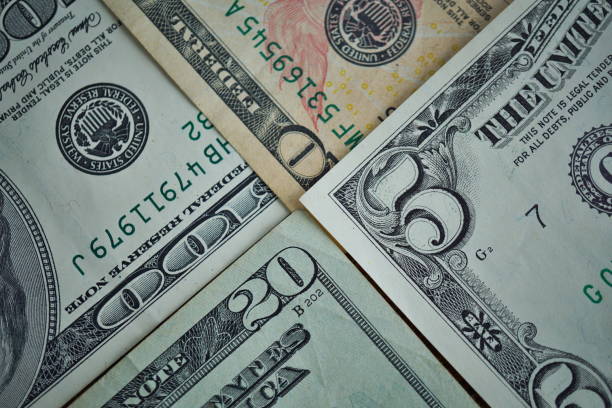
The U.S. dollar edged lower in early European trade Monday, but remains elevated as traders price in more interest rate hikes by the Federal Reserve this year in the wake of recent hot inflation data. At 03:00 ET (08:00 GMT), the Dollar Index, which tracks the greenback against a basket of six other currencies, traded 0.1% lower at 105.105, just below the seven-week high of 105.32 it touched on Friday. The dollar last week posted its fourth consecutive week of gains and is set to end a four-month losing streak, after the Fed’s preferred gauge of inflation, the core personal consumption expenditures price index, rose 0.6% on the month in January, data on Friday showed, higher than the 0.4% expected. This meant that the annual core rate of PCE inflation ticked up for the first time in four months, to 4.7% – still more than twice the Fed’s 2% target. Consumer prices had also risen more than expected earlier this month, all of which points to the U.S. central bank staying on its hawkish path of raising interest rates further. “Inflation remains too high, and recent data – including several strong labor market indicators, as well as faster-than-expected retail sales and producer price inflation – all reinforce my view that we have more work to do, to bring inflation down to the 2% target,” Boston Federal Reserve President Susan Collins said on Friday. Rising tensions have added to the dollar’s allure, with the U.S. warning China of serious consequences if it provided arms to support Russia’s invasion of Ukraine. “The fear of an escalation in U.S. sanctions may be prompting investors to re-appraise some of their investment holdings along geo-political lines,” analysts at ING said, in a note.

Elsewhere, EUR/USD Traded 0.1% Higher At 1.0555, just Above a Seven-Week Low of 1.0533.
with the focus on preliminary consumer price data from the main European economies midweek, followed by the Eurozone flash number on Thursday. Headline Eurozone inflation is expected to ease to 8.2% on an annual basis in February from 8.6% a month earlier. But core inflation, stripping out volatile food and energy prices, could prove more stubborn and could still rise from January’s 5.3%. USD/JPY traded 0.3% lower to 136.08, after the pair had earlier climbed to a two-month high of 136.55 earlier in the session following incoming Bank of Japan governor Kazuo Ueda stating that the merits of the bank’s current monetary policy outweigh the costs. This suggested the central bank will remain accommodative for some time to come. GBP/USD rose 0.2% to 1.1963, AUD/USD fell 0.1% to 0.6715, having earlier fallen to a near two-month low of 0.6705, while USD/CNY rose 0.1% to 6.9638. The yuan is close to breaching the key 7 to the dollar level on Monday after the People’s Bank of China announced its daily midpoint fix for the currency at 6.9572 a dollar, its weakest level since late December.














